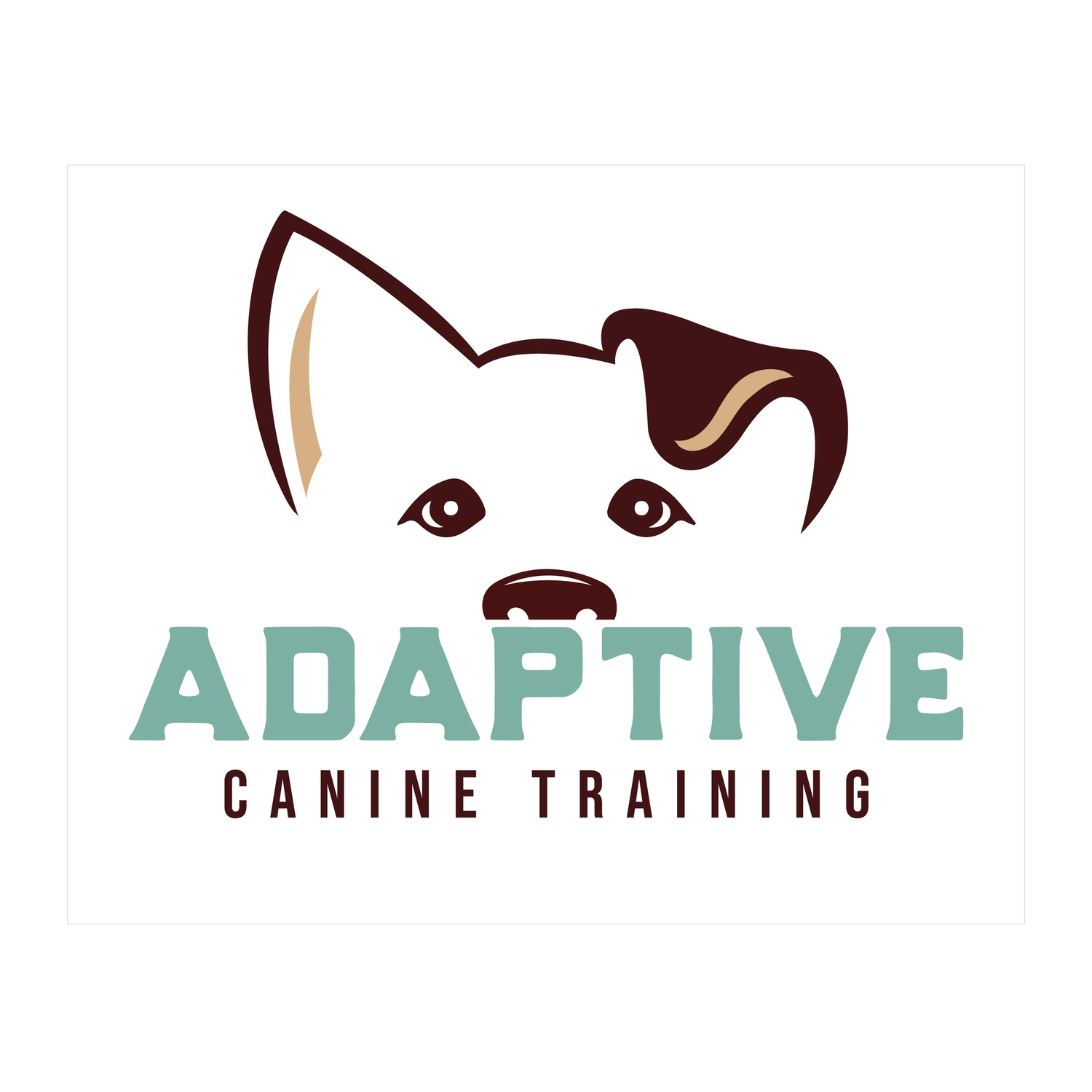Don’t Avoid the Triggers!
Helping Your Dog Build Real-World Confidence
One of the most common pieces of advice we give to our clients is simple but powerful: don’t avoid the triggers.
When you have a dog who struggles with reactivity, distraction, or overstimulation, it’s easy to fall into the trap of avoiding situations that might set them off. Maybe that means skipping the park when you see another dog there, crossing the street when someone walks by, or leaving your dog at home instead of bringing them to practice or the store. While that may seem like the “safe” option, long-term avoidance can actually make things worse.
The truth is, you can’t control the world around you….but you can teach your dog how to handle it.
Recently, I was working with a client when someone nearby asked if we could move because our presence was affecting their own dog’s training. I understood their frustration because working with reactive dogs can be challenging, but it made me think: how realistic is it to expect strangers to adjust their behavior for the sake of your dog?
We don’t have control over other people’s actions, sounds, or movements. Out in the world, dogs will encounter joggers, kids, skateboards, and other dogs that won’t conveniently disappear because we ask them to. So rather than trying to shape the environment, our goal as trainers and owners should be to teach dogs how to self-regulate and recover from those moments of stress.
We can’t hang a sign on ourselves that says, “Reactive dog in training : please give us space!” And honestly, we shouldn’t need to. Real-world training means giving your dog the tools and confidence to exist calmly in those environments rather than avoiding them altogether.
Building Confidence Through Exposure
When you bring your dog out into the world intentionally, you’re giving them valuable opportunities to practice self-control and confidence in different settings. Whether it’s to pick up your kids from school, grab something from the pet store, or sit at a local café, there’s plenty of chances in your day-to-day life to expose your pup to circumstances that require self-regulation.
It’s common to hear things like, “Oh, my dog isn’t a good dog for that kind of environment.” But the only way to change that is to help them learn how to be. Avoiding triggers only reinforces fear and uncertainty. Exposure, when done properly and safely, teaches dogs that they can navigate the world without becoming overwhelmed.
You don’t need to throw your dog into chaos right away but you do need to show up intentionally. Be mindful of how your dog is feeling, give them structure, and set small goals each outing. That might mean practicing calmness outside of a store, watching kids play from a distance, or walking near other dogs without engaging. Every step counts.
It Starts With You
Dogs take their cues from us. If we’re anxious, tense, or frustrated, they feel that energy. If we’re calm, patient, and consistent, they learn to be, too.
It’s not other people’s job to manage your dog’s emotions - it’s yours. And it’s not your dog’s job to live in a bubble where nothing challenging ever happens. The work is about creating balance: helping them face those real-world moments with trust, confidence, and composure.
At Adaptive Canine Training, we believe in training dogs for the world, not away from it. So take your dog places. Let them experience life with you. Be intentional, be patient, and remember: growth doesn’t happen through avoidance. It happens through showing up.


